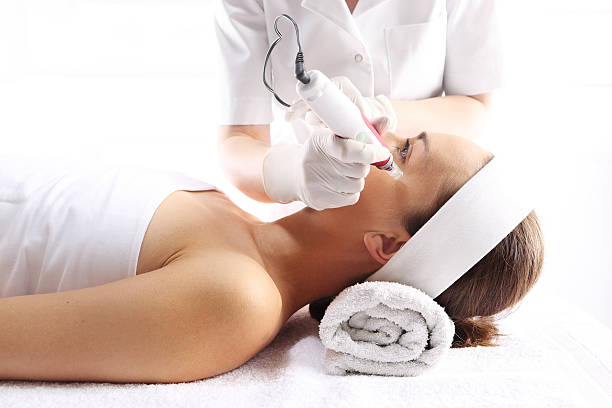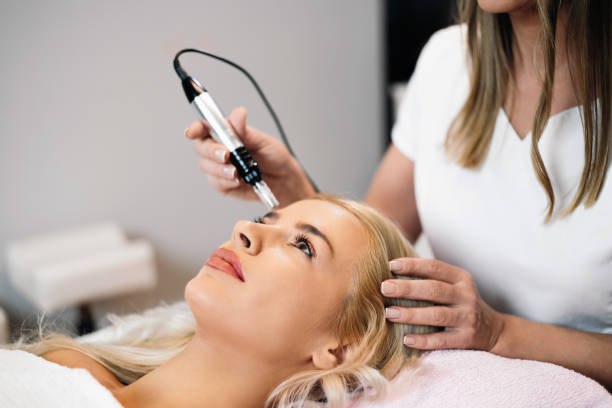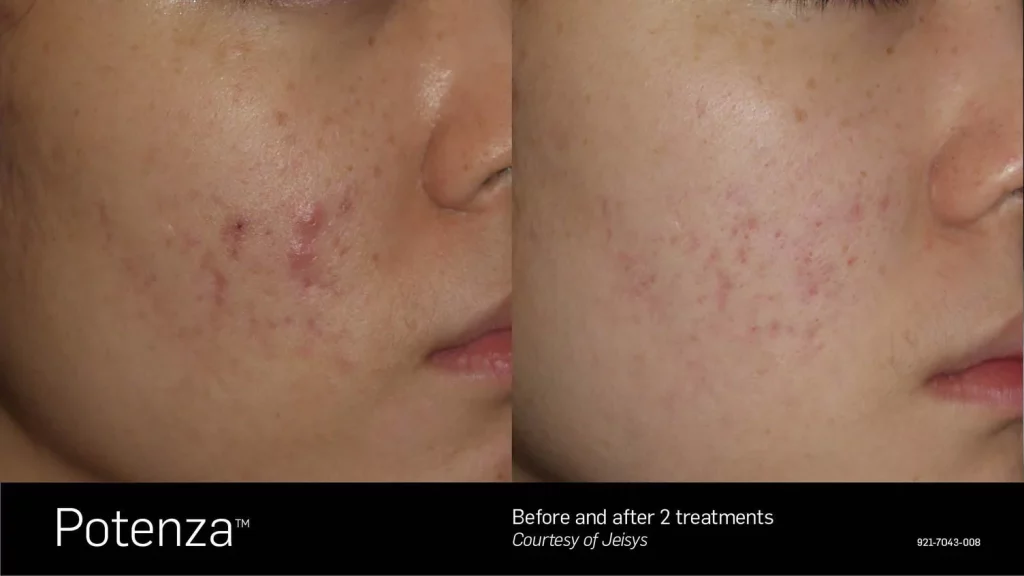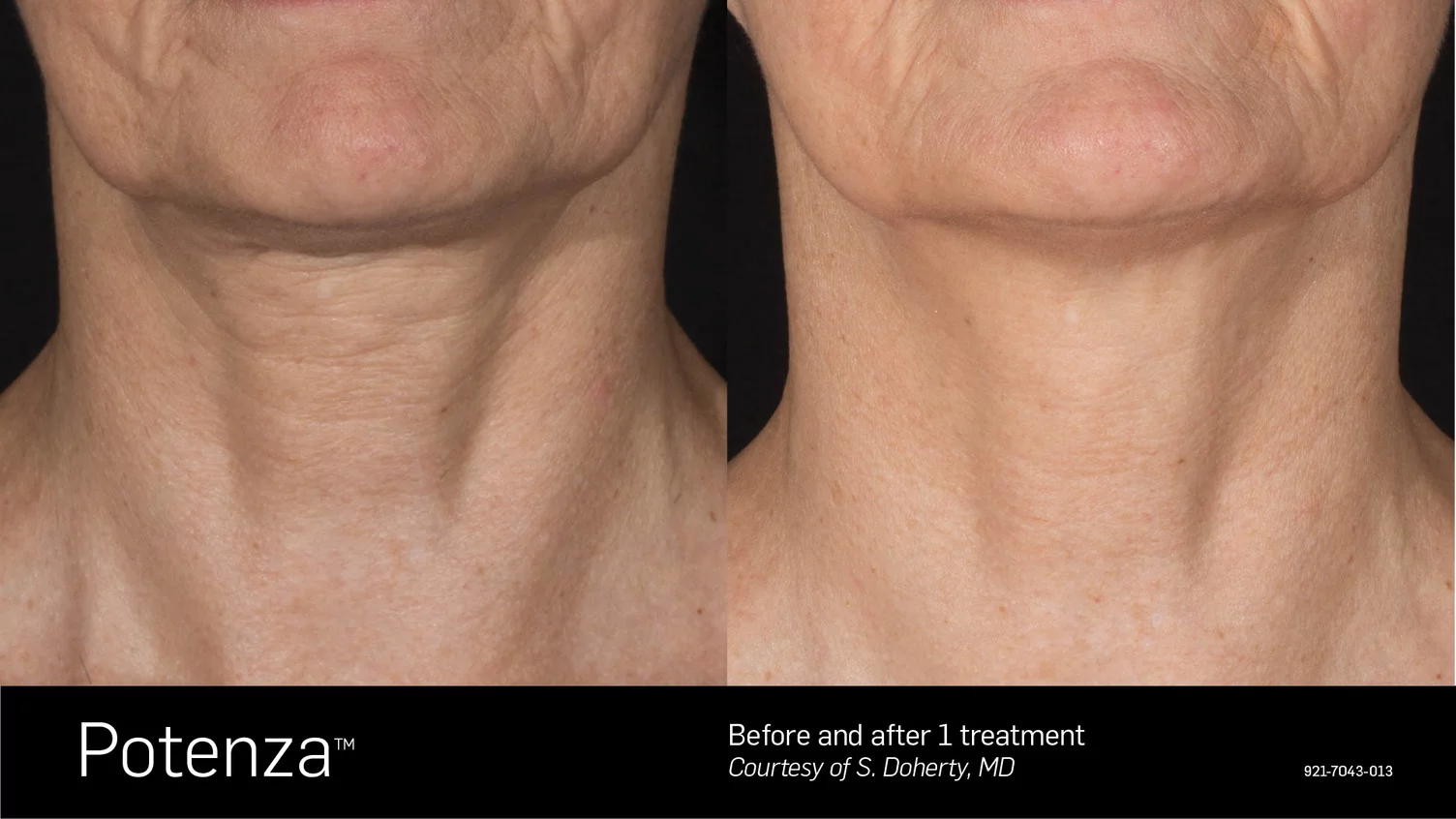
Table of Contents
Transformative Results: Microneedling Before After
The development of technology has given us new cosmetic enhancement options. People are increasingly interested in minimally invasive procedures since they have far fewer dangers than cosmetic surgery. Because it may treat various skin disorders, microneedling is particularly well-liked.
Let’s examine the operation of microneedling and its perks.
Description of microneedling
In the cosmetic procedure known as microneedling, the top layer of skin is pierced using a medical instrument that has received FDA approval. As a result, the skin is rebuilt and becomes plumper, tighter, and smoother. This treatment also increases the synthesis of collagen and elastin. The body, hair, and face can all be treated with it.

What are the advantages of microneedling?
Because it corrects several cosmetic concerns, microneedling is hailed as a versatile treatment. Microneedling equipment has received approval from the FDA to treat or reduce the following conditions:
- Acne.
- Scars left by acne.
- Wounds.
- Deep face lines and wrinkles.
- Dermatoses.
- Stretch marks and cellulite.
- Loss of hair.

How Does Microneedling Operate?
A medical microneedling device uses tiny, controlled puncture holes in the skin’s surface without harming the epidermis.
The regulated wounds encourage the body’s normal healing reaction to damage and boost collagen and elastin formation in the skin’s deeper layers. In other words, microneedling minimizes scars, wrinkles, and blemishes while generating a fresh, smoother-looking layer of skin.

What takes place before microneedling?
You consult with a healthcare professional before having microneedling. Microneedling could be carried out by a dermatologist, plastic surgeon, or aesthetician. Verify that whoever does the process has prior expertise using this method.
Your healthcare provider will examine your skin, review your medical history, and discuss the goals of the procedure with you. In order for you to compare your skin before and after microneedling, they could also take pictures of the area.
Are there any dangers or negative effects?
Is microneedling painful?
The level of discomfort experienced during microneedling can vary from person to person. Most individuals report mild to moderate discomfort during the procedure. However, topical numbing creams can be applied before the treatment to minimize any pain or discomfort. Your healthcare professional will take steps to ensure your comfort during the procedure.
Microneedling is generally considered safe when performed by a trained professional. Similar to any medical procedure, microneedling carries potential risks and side effects. These may include temporary redness, swelling, bruising, and sensitivity. While rare, there is a small chance of infection or scarring associated with microneedling. To minimize these potential risks, it is crucial to adhere to post-treatment care instructions and seek guidance from a qualified practitioner.

When can I expect to get results?
Results from microneedling can vary depending on various factors, including the individual’s skin type, concerns being addressed, and the treatment plan. In general, initial results can often be seen within a few weeks as the skin starts to regenerate. However, optimal results typically develop gradually over a period of several months as collagen production is stimulated and the skin rejuvenates. Patience is key, and multiple sessions may be required to achieve the desired results.
Is there any downtime?
After microneedling, it is common to experience some mild redness, swelling, and sensitivity in the treated area. The extent and length of recovery time can differ based on the intensity of the procedure and individual healing reactions. In most cases, these effects subside within a few days to a week. Adhering to the post-treatment instructions provided by your practitioner, including measures like sun protection and gentle skincare, can reduce downtime and accelerate the healing process.

Will I require multiple treatments?
The required number of treatments varies based on factors like skin condition, treatment objectives, and the specific concern being targeted. While a single treatment may yield improvements for some, most individuals will need multiple sessions to achieve optimal results. Typically, a course of three to six treatments spaced several weeks apart is recommended. Your healthcare professional will assess your needs and design a personalized treatment plan to ensure the best possible outcomes.
What takes place while microneedling?
Following the cleansing of your skin by your healthcare professional, they will apply a numbing cream or ointment, such as lidocaine gel. In order to give the ointment enough time to function, they perform this between 30 and 45 minutes before your surgery.
The skin wounds are then created by your healthcare professional using an electric equipment or a hand-held roller. Tiny needles are on the roller. Your healthcare professional gently and carefully rolls it over your skin.
If they use the electric tool, your skin will be punctured by needles that pulse up and down. On the electric instrument, they can alter the needle length. Longer needles penetrate your skin more deeply, which may be important if you have severe acne scars or pockmarks. Between 0.5 millimetres and 2 millimetres are the possible needle lengths.
Once the microneedling begins, you can experience warmth or a scratching sensation on your face. If the needles are placed close to bony parts, like your cheekbones, some people experience pain. There may be some bleeding after deep microneedling.
Depending on the extent of the region to be treated, a microneedling procedure might last anywhere from fifteen minutes to several hours.
What takes place after microneedling?
You can go home after microneedling because it is an outpatient operation. The redness and swelling on your skin could last up to five days. An ice pack can ease soreness and irritability. The day following the surgery, the majority of people can wear cosmetics, but you should avoid direct sunlight until your skin has healed.
What Is the Duration of Microneedling?
The entire microneedling procedure could last up to 90 minutes. Initially, a 30- to 45-minute topical numbing cream application is made. The microneedling session starts after the skin has become numb and lasts for about 20 minutes. To enhance the desired effects, your doctor may employ a number of topical post-treatment serums, including PRP, hyaluronic acid, growth factor serum, and/or lightening serum.
What to anticipate following microneedling?
The formation of new collagen takes time, resulting in a delayed effect of microneedling. It takes three to six months after the final procedure for the results to gradually become visible. During this period, you will notice an enhancement in skin tone, texture and a reduction in wrinkles, scars, and blemishes.
How Often Should I Microneedle?
One month is the recommended interval between treatments. The necessary number of treatments will be determined by the issue you wish to address and the expected results.
Conclusion
When topical therapies are ineffective, microneedling is a rapid, risk-free, and frequently painless solution. It’s crucial to realize that the treatment offers a delayed response and advances over time. Choose expert medical practitioners who perform microneedling procedures professionally for the finest results.
At Laser Skin Clinic, we offer RF microneedling treatments using the advanced Potenza system. This innovative procedure combines the power of radiofrequency (RF) energy with microneedling to deliver exceptional results for skin rejuvenation. Utilizing ultrafine needles, the Potenza device creates microchannels in the skin while simultaneously administering RF energy to promote collagen production and enhance skin tightening.
This combination promotes cellular renewal, improves skin texture, reduces wrinkles, and helps to address various skin concerns. Our experienced practitioners at Laser Skin Clinic utilize the Potenza system to provide customized RF microneedling treatments tailored to each individual’s specific needs, ensuring optimal outcomes and a revitalized complexion.
Book Your Free Consultation Today Or Call (647) 560-9233
By providing your phone number you agree to receive informational text messages from laserskin.ca. Consent is not a condition of purchase. Message frequency will vary. Msg & data rates may apply. Reply HELP for help or STOP to cancel.
